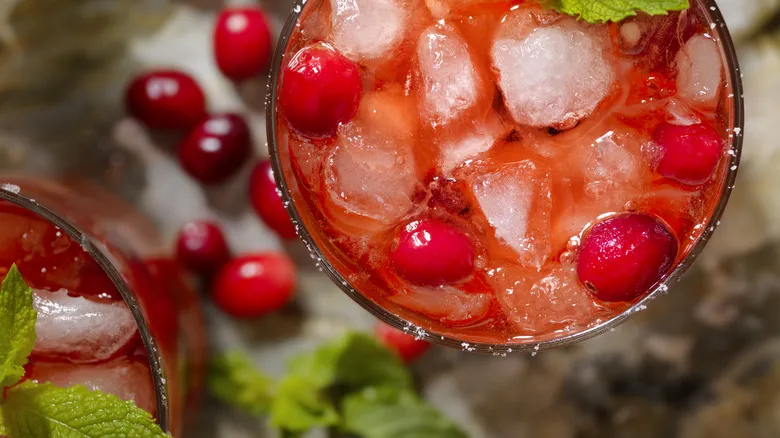What is a sea breeze?
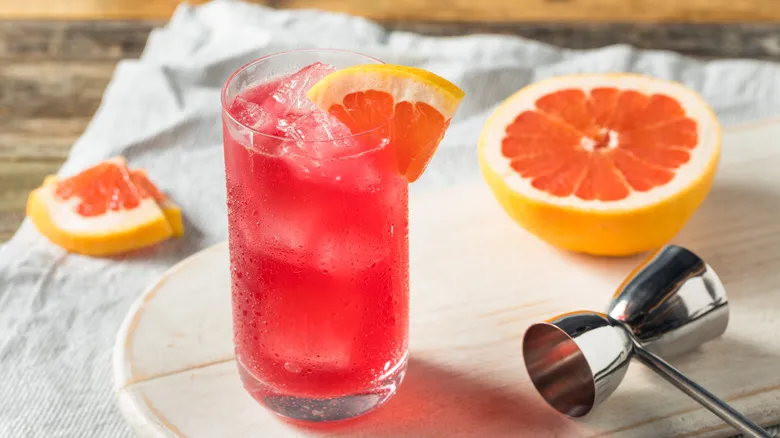
Today's sea breeze may seem like a straightforward, refreshing vodka cocktail with fruity notes, but its original 1920s recipe featured a gin base combined with grenadine, apricot brandy, and a splash of lemon juice. While the vintage version was fruity and sweet, it also had a higher alcohol content, likely delivering a stronger kick than the modern iterations.
The significant differences between today's version and the 1920s recipe can be traced back to the use of pesticides. In the 1960s, traces of aminotriazole—a weed killer and recognized carcinogen—were found in cranberry bogs in the Pacific Northwest. This discovery understandably led to a sharp decline in cranberry sales, negatively impacting producers like Ocean Spray.
To rehabilitate the cranberry's image and boost sales, Ocean Spray smartly leveraged the rising popularity of vodka in the U.S. by promoting its well-known cranberry juice as a tasty mixer for vodka cocktails. This strategy gave rise to the contemporary sea breeze we know today: a blend of equal parts vodka and grapefruit juice, topped with cranberry juice and served over ice. The combination of juices tempers the vodka's sharpness without completely overshadowing it, making it an ideal choice for those who enjoy a cocktail with a bit of a kick.
What is a bay breeze?
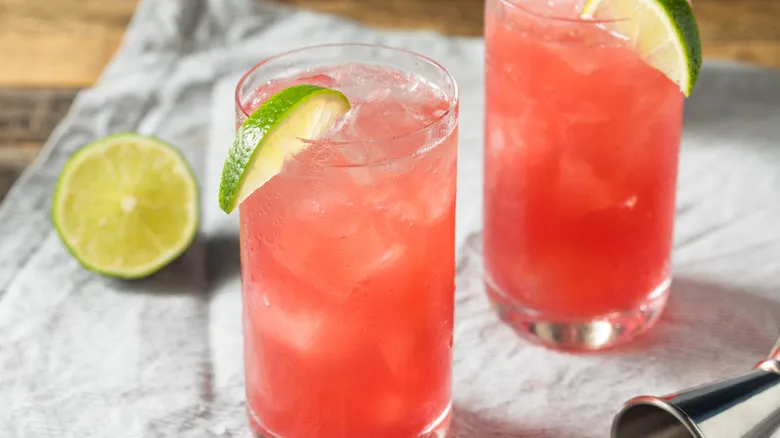
The bay breeze has been a staple in tropical drink menus since the mid-1980s. While it wasn't one of the initial recipes featured in Ocean Spray's cranberry-focused marketing campaign, it was likely influenced by similar drinks like the Cape Codder (vodka-cranberry) and the sea breeze. These cocktails appealed to many taste buds and were simple to prepare, making it no surprise that variations like the bay breeze gained popularity.
Hailing from Hawaii, the bay breeze is sweeter than its predecessors, as it combines the tartness of cranberry with the sweetness of fresh local pineapple. To create your own, fill a highball glass with ice, then add up to 2 ounces of vodka along with equal parts cranberry and pineapple juice. Finish it off with a wedge of fresh lime. For larger gatherings, you can easily mix a batch of bay breezes by combining 1 part vodka with 1 to 2 parts of each juice in a pitcher.
If vodka isn't your preference or you enjoy sweeter cocktails, the Malibu bay breeze might be more to your liking. While some believe that flavored or spiced rums should be avoided in tropical drinks, the Malibu bay breeze is a popular twist on the classic, substituting plain vodka with coconut rum. Alternatively, you can use coconut-flavored vodka to stay closer to the original recipe.
Sippin' a sea change — where these cocktails diverge

Certainly! Here’s a rewritten version of the text:
The most notable distinction between these two cocktails lies in their ingredients: a sea breeze mixes vodka and cranberry juice with grapefruit juice, whereas a bay breeze replaces the grapefruit with pineapple juice. This makes the sea breeze ideal for those who enjoy tangy cocktails with a touch of sweetness, while the bay breeze appeals to those who favor sweet, tropical flavors that nearly conceal the vodka's taste.
Another key difference between the bay breeze and sea breeze is their history. The sea breeze is significantly older, having emerged during Prohibition. Initially crafted with gin, it was later popularized by Ocean Spray for its cranberry marketing efforts. In contrast, the bay breeze has always been a vodka-based drink, with some variations incorporating flavored rum.
These cocktails are often found in different parts of the United States. The sea breeze is more commonly seen on menus in cooler coastal areas like the Pacific Northwest and New England, where it pairs wonderfully with savory seafood dishes. On the other hand, the bay breeze is favored in tropical locales, serving as an excellent match for fruity desserts and beachside snacks.
Where breezes blend — similarities between two classics
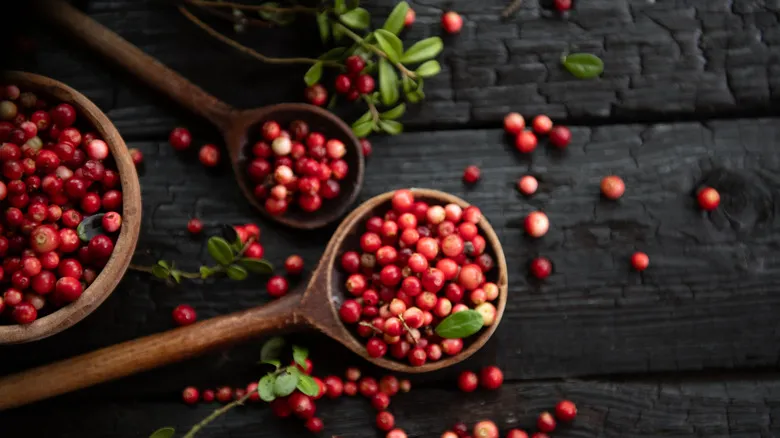
The recipes for these two cocktails are remarkably alike—so much so that some people consider the bay breeze to be merely a variation of the sea breeze. In fact, the bay breeze is occasionally referred to as the Hawaiian sea breeze. This is understandable, as both beverages feature vodka and cranberry juice mixed with another fruit juice.
Another commonality between the two is their association with seaside settings. While bay breezes originate from sunny shores and sea breezes from rugged coastlines, both drinks evoke the sensation of being enveloped by fresh, salty air while gazing at the horizon. This connection likely explains why the term "breeze" appears in both names, as there is often a gentle wind blowing in from the ocean.
Lastly, these refreshing cocktails boast a similar flavor profile. Although pineapple is sweeter than grapefruit, both fruits possess a good amount of tart acidity, which is accentuated by the distinctive sourness of cranberries. These bold flavors effectively counterbalance the sharpness of lower-quality vodka, making both drinks an elegant choice for enjoying without breaking the bank.
Recommended
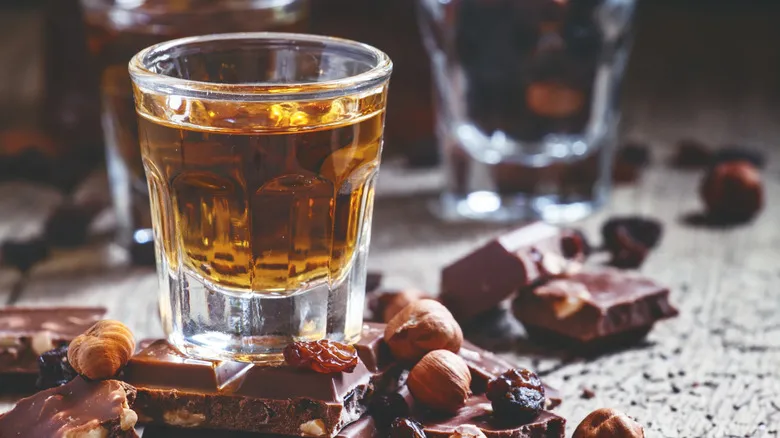
The Ultimate Mistake You Need To Avoid When Pairing Chocolate With Rum
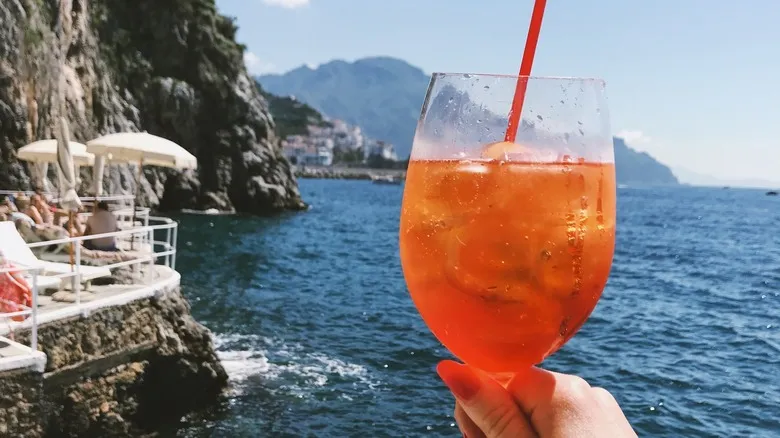
Everyone Loves An Aperol Spritz, But What Flavor Is Aperol Exactly?
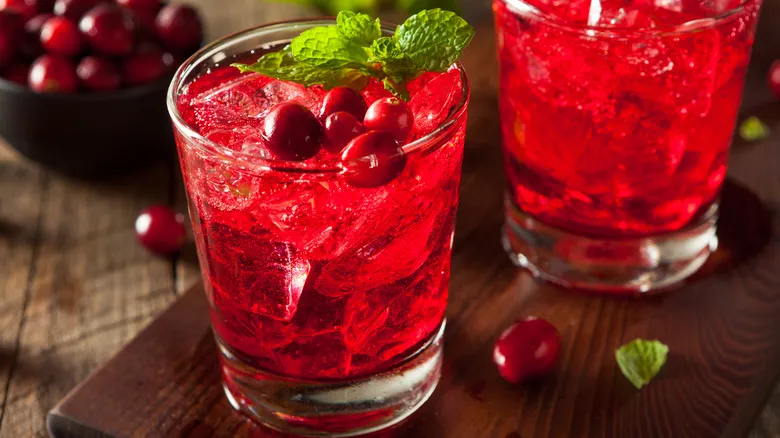
The Origin Story Of The Vodka Cranberry Cocktail
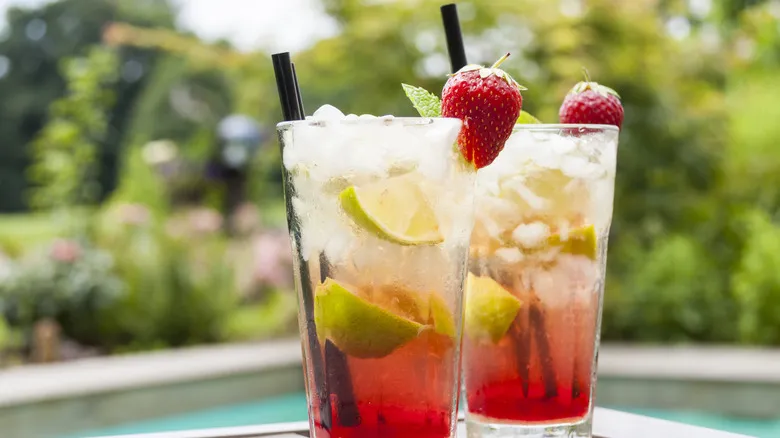
What's The Point Of Those Tiny Cocktail Straws?
Next up

